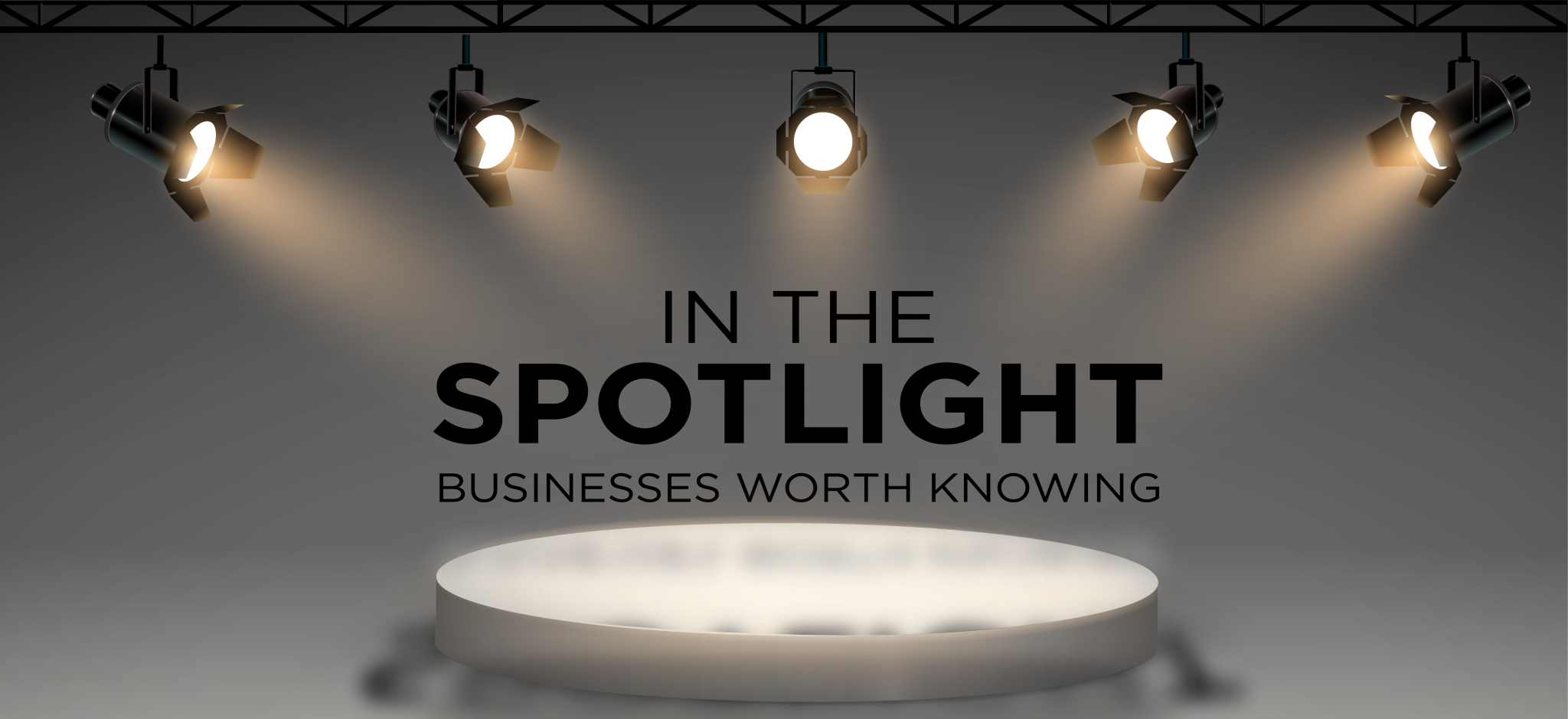More Than Meets the Eye
The eyes are generally one of the first things you notice upon meeting someone. Eyes are even said to be the very windows to your soul. Unfortunately, after you hit the big five-oh, eye health often spirals downhill.
You may first begin to notice eye problems when trying to read small copy on anything from smart phones to pill bottles. This condition is known as presbyopia (farsightedness). It’s an easy fix! Presbyopia can be remedied with eyeglasses and multifocal contact lenses. In some instances, you might need surgery.

More significant eye concerns
Although presbyopia is a simple fix, there are diseases that wreak havoc on your vision. The four biggies are macular degeneration (MD), diabetic retinopathy, glaucoma, and cataracts.
Macular Degeneration (MD)
MD is one of the most problematic and incurable eye diseases that causes blindness. MD occurs when the central portion of the retina deteriorates. This part of the eye is known as the macula, located behind the beautiful irises, at the back of the eye. Its sole responsibility is to focus! Yes, the macula enables you to see details, read, drive, recognize images, and see colors.
Diabetic Retinopathy
Our eyes are also the windows to our health. In the case of diabetes, our eyes will reveal the telltale signs of the condition. Diabetic retinopathy occurs when the retina’s blood vessels become leaky. It will cause dark spots or floating string-like objects to appear in your line of vision.
Glaucoma
This slippery and asymptomatic disease causes gradual vision loss. Unfortunately, most people don’t realize they have glaucoma until it’s too late. The condition occurs due to abnormally high pressure in the eye that damages the optic nerve. Fortunately, glaucoma can be monitored by having a air puff test. If glaucoma is discovered early on, vision loss can be slowed down and in some cases prevented. Depending on the severity of the condition it can often be treated with eye drops and medication. In some cases, you might need laser surgery to control the pressure. You can reduce the risk of these three conditions by making lifestyle changes. Opt to exercise regularly, eat a healthy diet, and refrain from smoking.
Cataracts
Imagine walking around with sunglasses on that have a film over the lens and you’ll get a sense of what cataracts are like. Objects tend to appear cloudy and fuzzy. It occurs when protein clumps build up on the eye lens and obscure vision. Luckily the condition can be treated with a 15-minute procedure.
Remember to value your vision and the gift of sight! And make annual eye exams a priority.
By Annette Brooks










